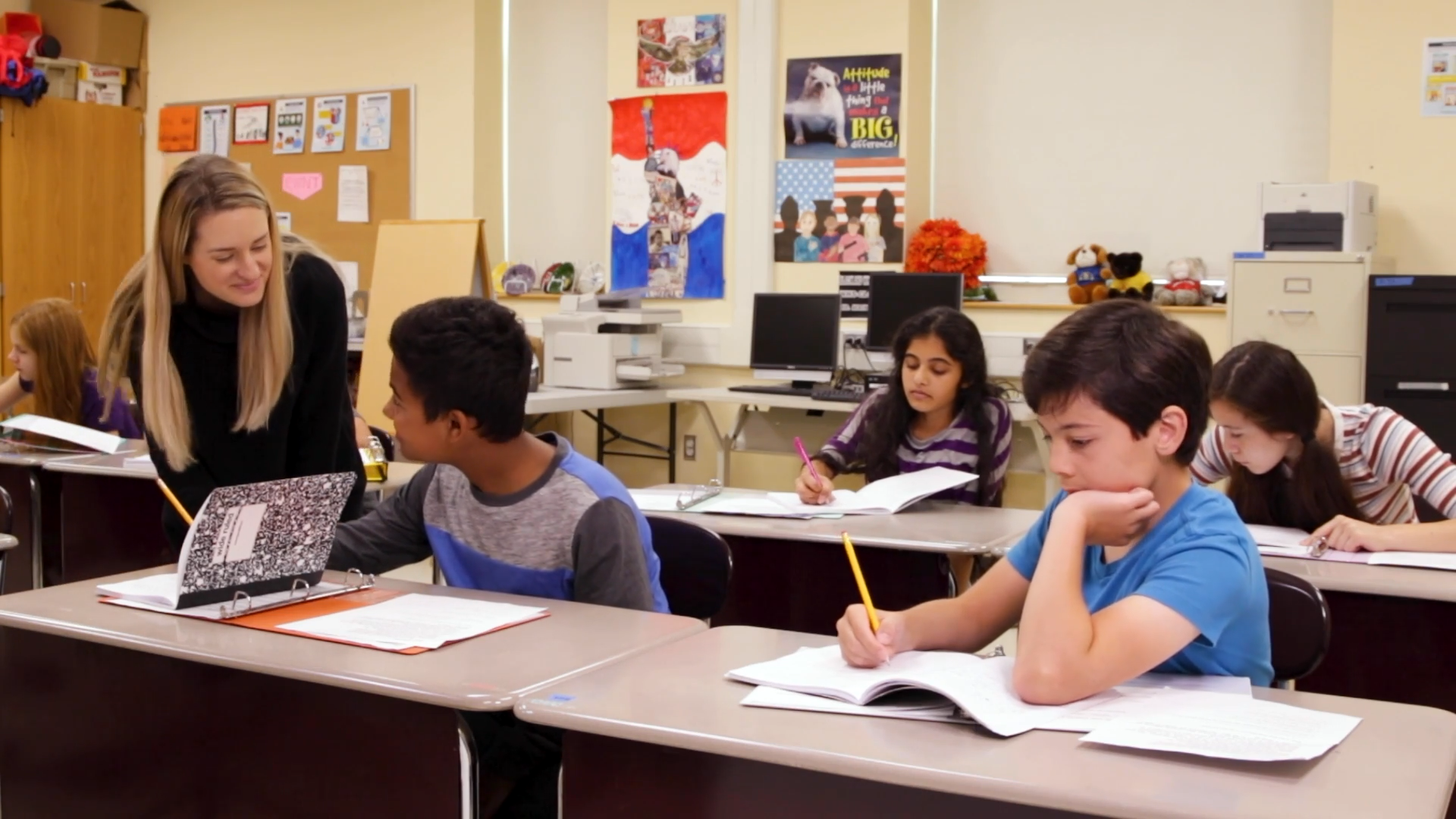
As educators, we know the importance of teaching our students to follow directions independently. Not only does it help create a more efficient and organized classroom, but it also fosters self-confidence and pride in students as they learn to complete tasks without constant reminders from their teacher. This blog post will provide an overview of the skills needed to help elementary students follow directions on their own, as well as an engaging, no-prep activity and thought-provoking discussion questions.
Introduction
Teaching students to follow directions independently is a crucial aspect of their social-emotional development. By learning to pay attention, focus on key words, and check their progress, students become more self-reliant and develop a sense of accomplishment. The following steps are essential for students to follow directions without reminders:
- Notice when the teacher is talking to the class and listen to the directions
- Focus on just the key words in the directions
- Repeat the key words in their head
- Think about what they need to do first
- Check that they’re done with one step before moving on
- Look around at others if they aren’t sure what to do
No-Prep Activity: The Direction Challenge
This fun and engaging activity requires no preparation or materials from the educator. It helps students practice following directions independently and reinforces the importance of paying attention to the teacher.
To begin, the teacher will provide a series of three-step directions for the students to follow. Each direction should involve a simple physical movement, such as touching their nose, clapping their hands, or raising their arms. The teacher should vary the order and complexity of the directions to challenge the students and keep them engaged.
As the students follow each set of directions, the teacher should observe their progress and provide positive reinforcement for those who are successfully completing the tasks independently. This activity not only helps students practice following directions, but also encourages them to pay attention and focus on their teacher’s instructions.
Discussion Questions
- Why is it important to pay attention to the teacher when they’re giving directions?
- How can focusing on key words help you remember and follow directions more easily?
- What strategies can you use to make sure you’re completing each step of a direction before moving on?
- How does following directions independently make you feel about yourself?
- What challenges do you face when trying to follow directions without reminders from the teacher?
Related Skills
In addition to following directions independently, there are several other related skills that can help students succeed in the classroom and beyond. These include:
- Active listening
- Time management
- Self-regulation
- Problem-solving
- Collaboration
Next Steps
Helping students develop the ability to follow directions independently is an essential part of their social-emotional learning journey. To further support your students’ growth in this area, sign up for free samples of skill-building materials and other resources at EverydaySpeech. These materials are designed to help educators like you teach valuable skills to students, fostering their independence and self-confidence in the process.

